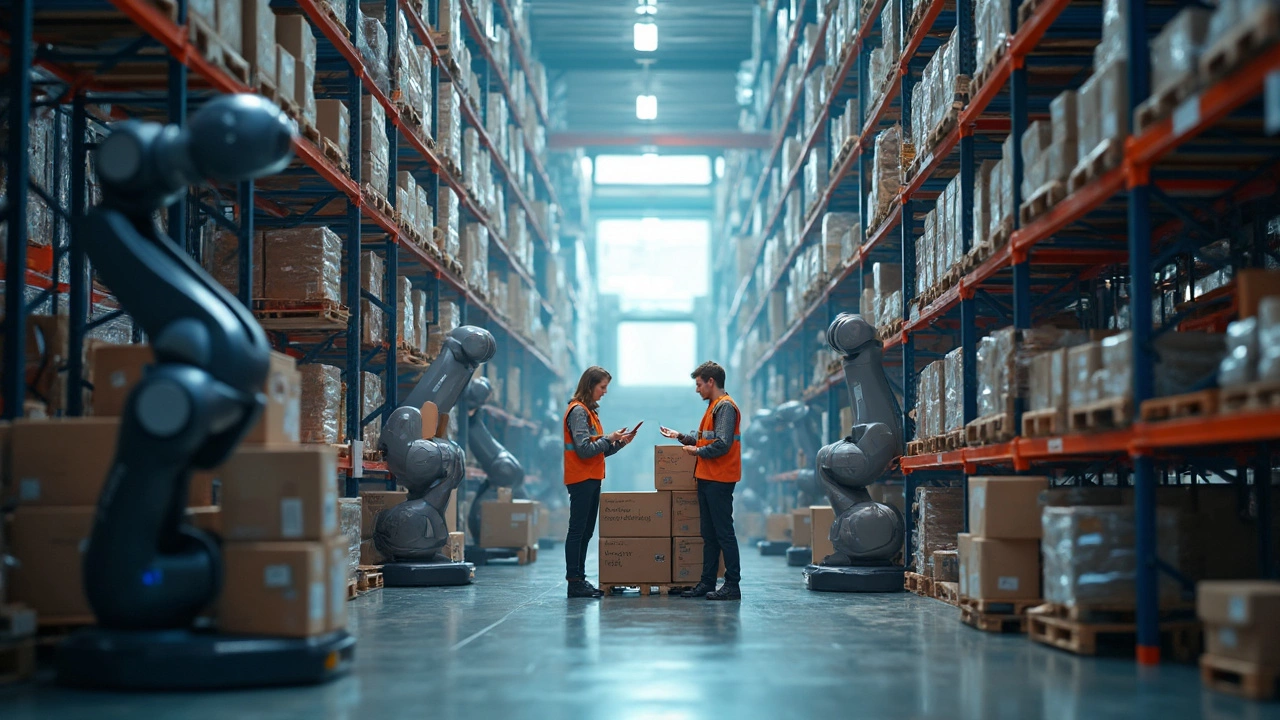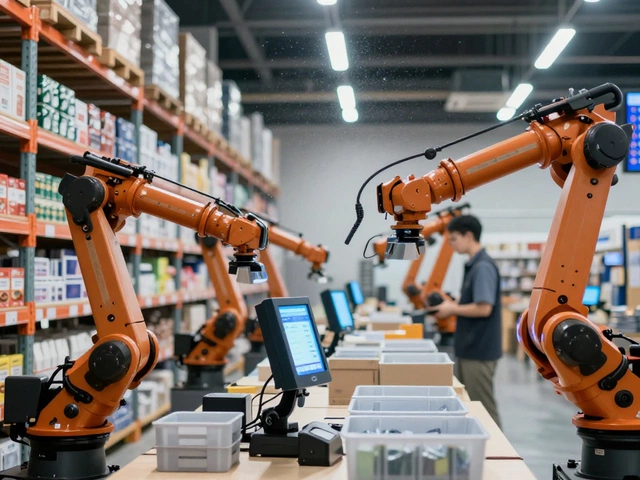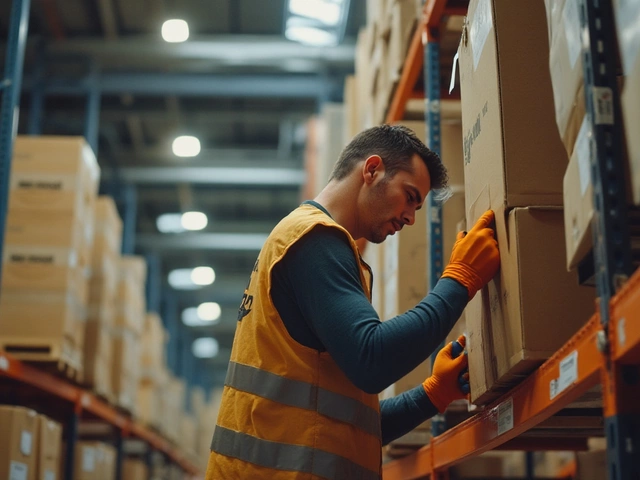Robotics in Logistics: What You Need to Know
Ever wondered why your online order shows up faster than ever? A big part of that speed comes from robots working behind the scenes. From picking shelves in big warehouses to delivering parcels on tiny streets, robots are now everyday helpers in the logistics world. Let’s break down how they work, why they matter, and what to watch out for.
Robots on the Warehouse Floor
Most modern warehouses use two kinds of robots. First are the robotic arms that lift, sort, and pack items. They can grab a box, scan it, and place it on a conveyor in seconds—something a human would take minutes to do. Second are autonomous mobile robots (AMRs). These little “carts” zip around aisles, bringing shelves to a worker or moving pallets to the loading dock.
Why do businesses love them? They never get tired, they cut errors, and they keep the floor moving 24/7. One retailer reported a 30% boost in order‑picking speed after adding AMRs, and the error rate dropped from 1.2% to under 0.2%.
Robots at the Last Mile
Getting a package from a depot to your doorstep is the toughest part, but robots are showing up there too. Small delivery drones can drop lightweight parcels onto a porch, and sidewalk robots can travel a few blocks delivering food or groceries. They use GPS, cameras, and AI to avoid obstacles and find the right address.
These solutions aren’t everywhere yet—regulations and weather limit how far drones can go. Still, companies running pilot programs say delivery times can shrink by half during peak hours, and customers appreciate the “track‑every‑step” updates.
Thinking about adding robots to your own logistics process? Start small. Pick one repetitive task—like pallet moving or barcode scanning—and test a single robot on that job. Measure the time saved, the error reduction, and the return on investment. If the numbers look good, expand to other areas.
Keep in mind that robots need maintenance and a bit of tech know‑how. Having a maintenance plan and training a few staff members on basic troubleshooting will keep downtime low. Also, make sure the software you use can talk to the robot’s control system; otherwise you’ll end up with a pricey piece of metal that does nothing.
Looking ahead, expect more AI‑driven decision making. Robots will not only move items but also predict which products need restocking, reroute packages around traffic jams, and even adjust delivery routes on the fly. The combination of AI and robotics promises a smoother, faster supply chain.
Bottom line: robotics are already making logistics faster, cheaper, and more reliable. Whether you run a small e‑commerce shop or a large distribution center, there’s a robot solution that fits your budget and needs. Start with a clear problem, test a modest pilot, and let the data guide your next move. Your customers will notice the speed, and your team will appreciate the reduced workload.
April 29, 2025
Evelyn Wescott
0 Comments
Modern warehousing isn’t just about storage – it’s become a tech powerhouse. This article breaks down the latest technologies shaking up the warehouse world. From robots to AI, discover what’s making operations faster, smarter, and more accurate. You’ll also pick up practical tips and surprising facts about how these innovations change everyday warehouse work. Dive in to see what tools are driving warehouse efficiency in 2025.




